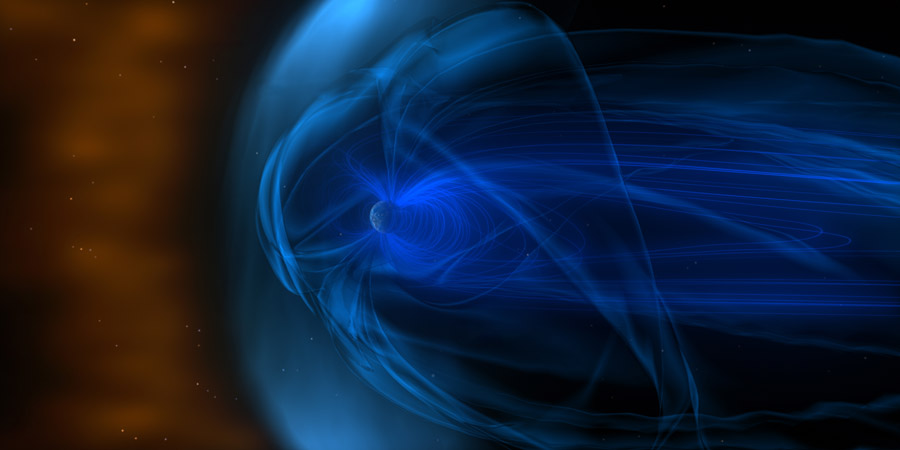CME impact, M1.5 solar flare
Sunday, 20 September 2015 09:23 UTC

The long duration C-class solar flare coronal mass ejection from two days ago arrived much earlier than expected. A distinct jump in the solar wind and IMF parameters were detected this morning at ACE which can only be the arrival of the 18 September coronal mass ejection.
The solar wind speed jumped to 550km/s but more importantly, the direction of the IMF (Bz) is mostly southward. The direction of the IMF (Bz) has dipped as low as -20nT and the NOAA SWPC reported that the strong G3 geomagnetic storm threshold (Kp7) was reached but the Wing-Kp index hasn't gone beyond Kp6- which stands for moderate G2 geomagnetic stroming conditions. Aurora displays might be visible right now from Victoria and Tasmania in Australia. Most of New Zealand and also the upper United States might also be able to see some aurora. We will post another update for Europe if the conditions remain favourable in the hours ahead.
M-class solar flare
A new sunspot region on the east limb was the source of an M1.5 (R1-minor) solar flare this morning that peaked at 05:03 UTC. There aren't many spots visible just yet so we will not be able to analyse this sunspot region right away but it did recieve a sunspot number: 2420. We will keep an eye on this sunspot region in the days ahead to see how complex it really is.
Moderately strong M1.54 solar #flare - Follow live on http://t.co/XHATH0OOfT pic.twitter.com/0EIrDkZs90
— SpaceWeatherLive (@_SpaceWeather_) 20 september 2015Thank you for reading this article! Did you have any trouble with the technical terms used in this article? Our help section is the place to be where you can find in-depth articles, a FAQ and a list with common abbreviations. Still puzzled? Just post on our forum where we will help you the best we can!
Latest news
Latest forum messages
Support SpaceWeatherLive.com!
A lot of people come to SpaceWeatherLive to follow the Sun's activity or if there is aurora to be seen, but with more traffic comes higher server costs. Consider a donation if you enjoy SpaceWeatherLive so we can keep the website online!

Space weather facts
| Last X-flare | 2025/03/28 | X1.1 |
| Last M-flare | 2025/03/31 | M1.2 |
| Last geomagnetic storm | 2025/03/27 | Kp5 (G1) |
| Spotless days | |
|---|---|
| Last spotless day | 2022/06/08 |
| Monthly mean Sunspot Number | |
|---|---|
| February 2025 | 154.6 +17.6 |
| March 2025 | 127 -27.6 |
| Last 30 days | 127 -25.7 |


